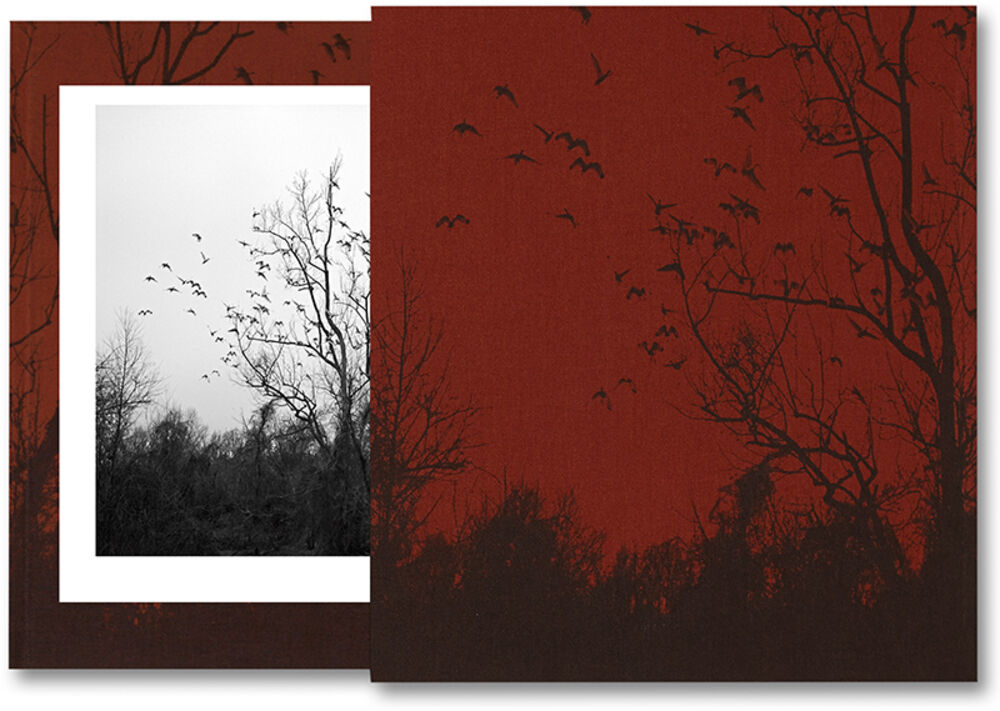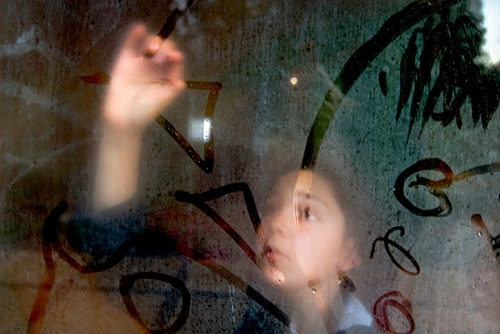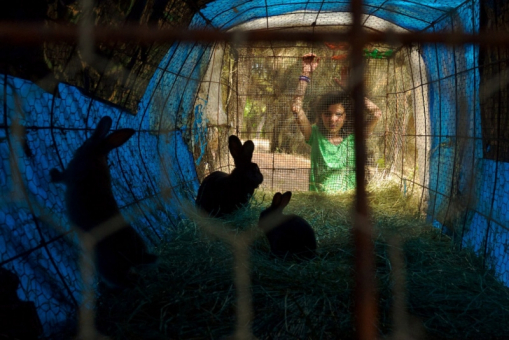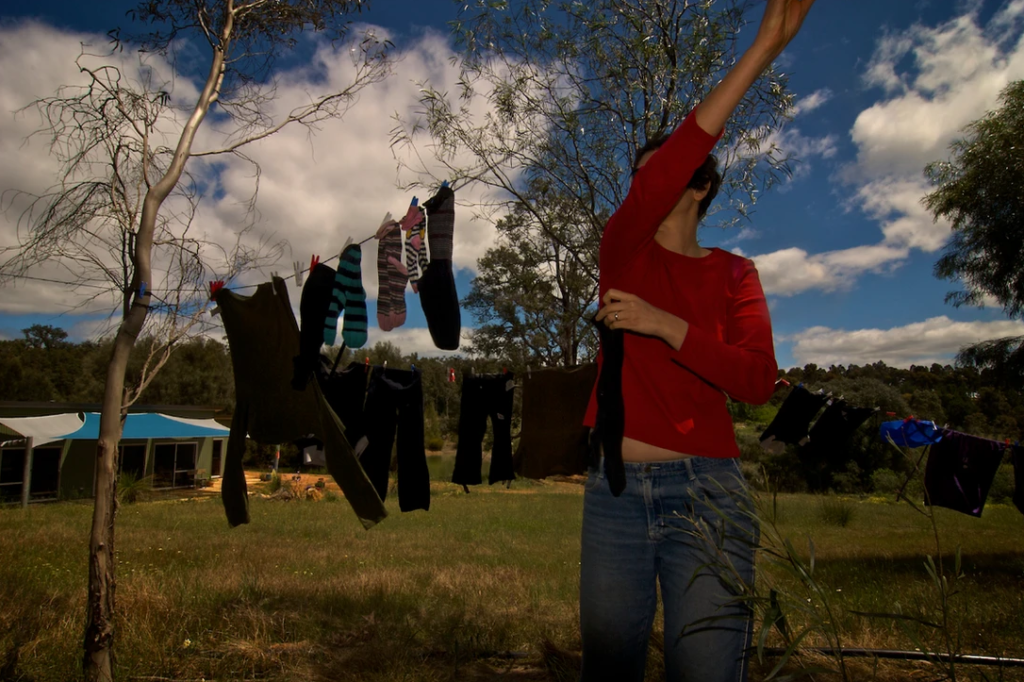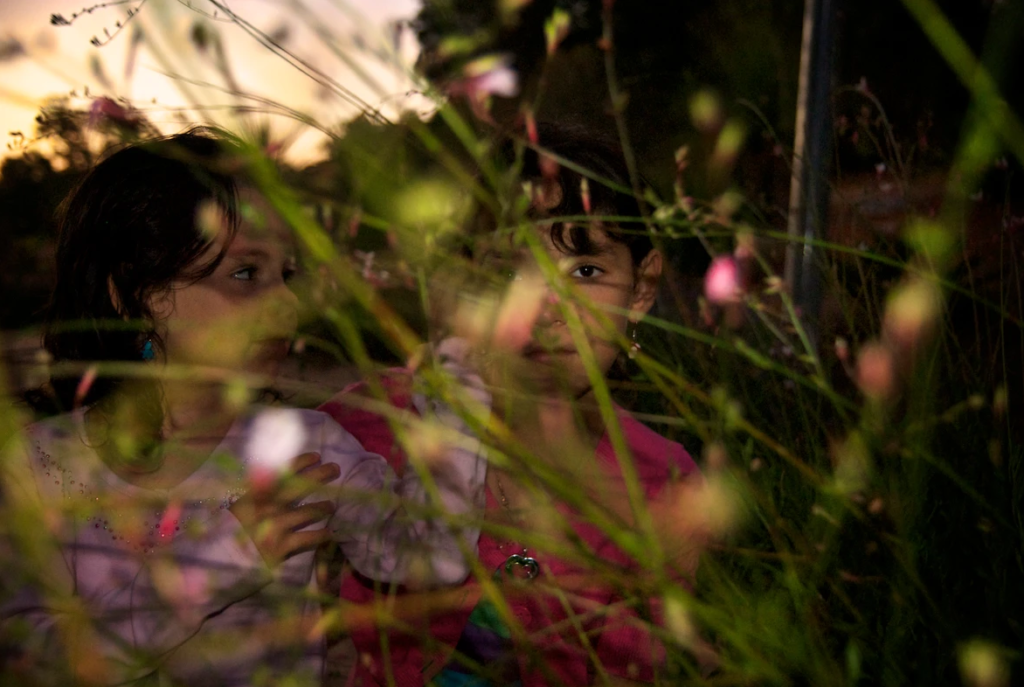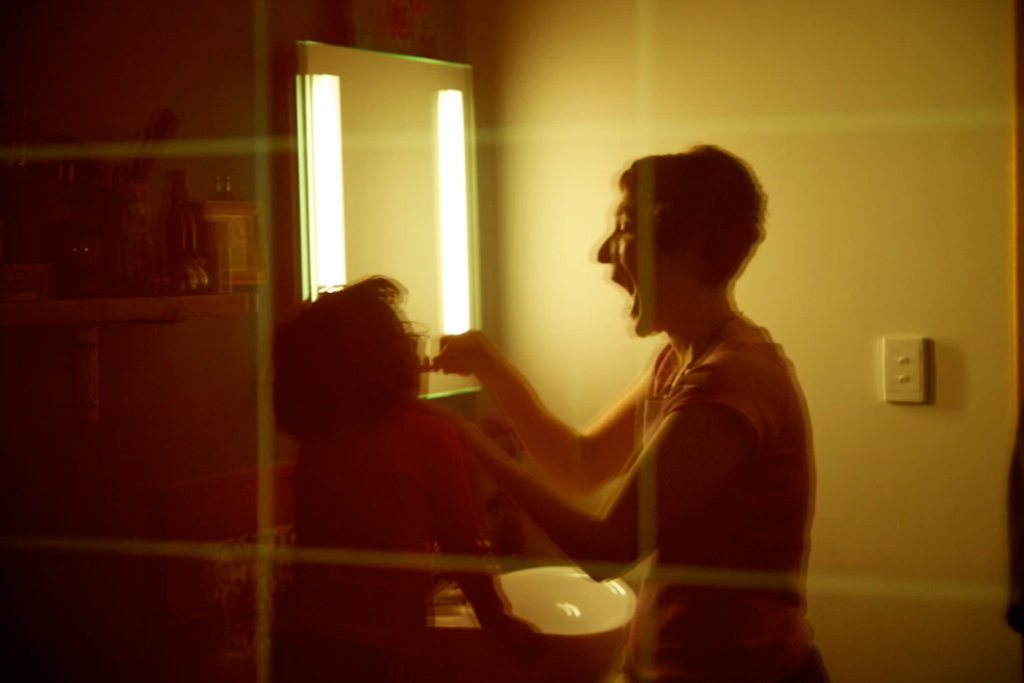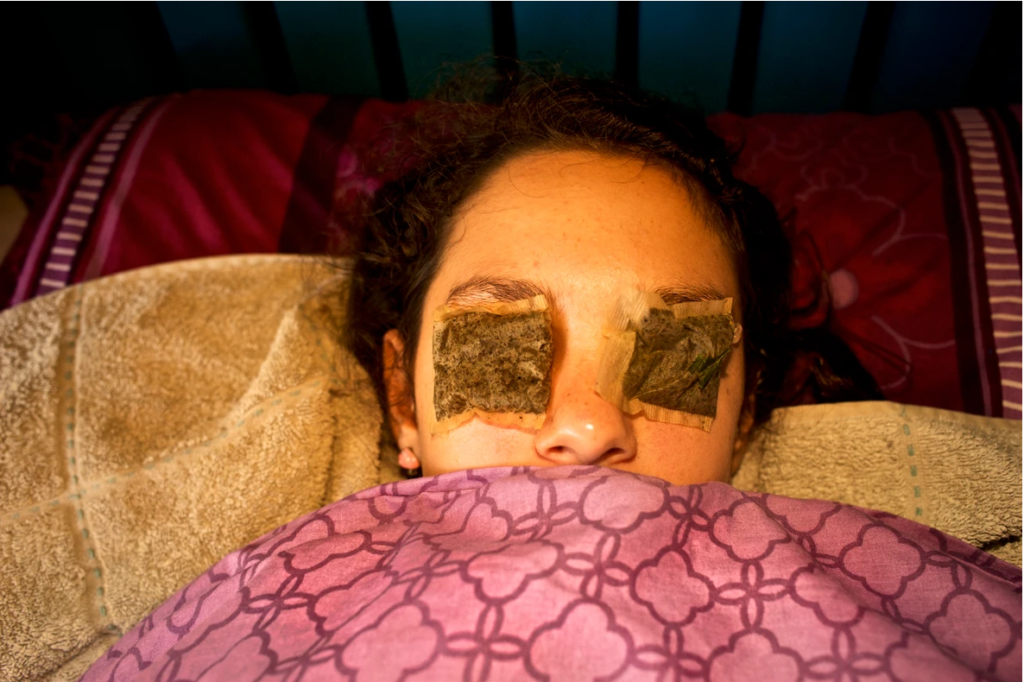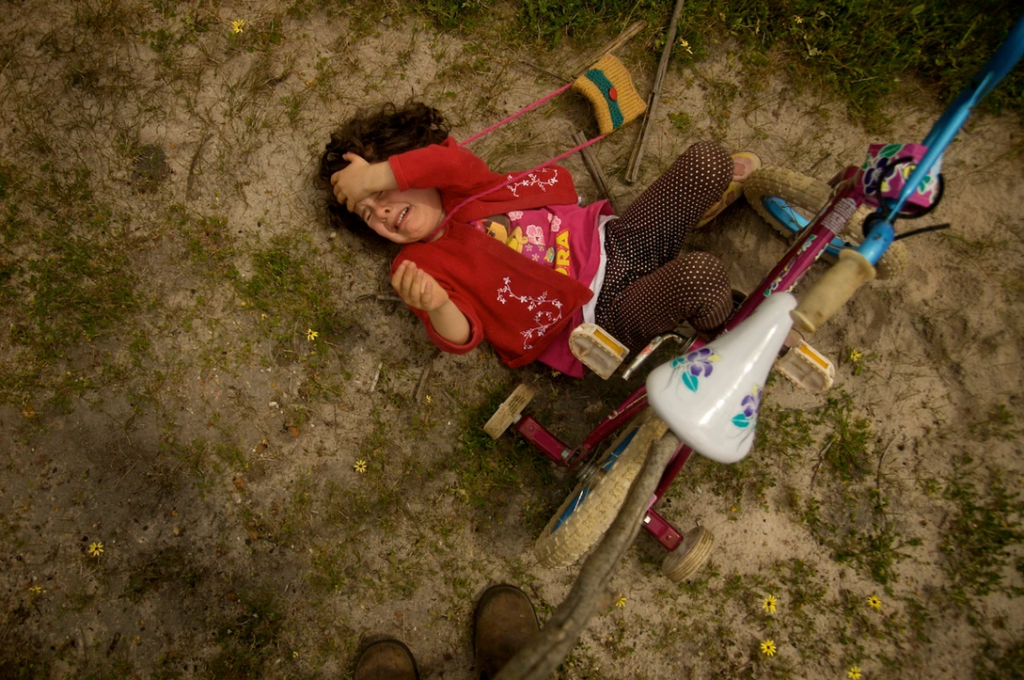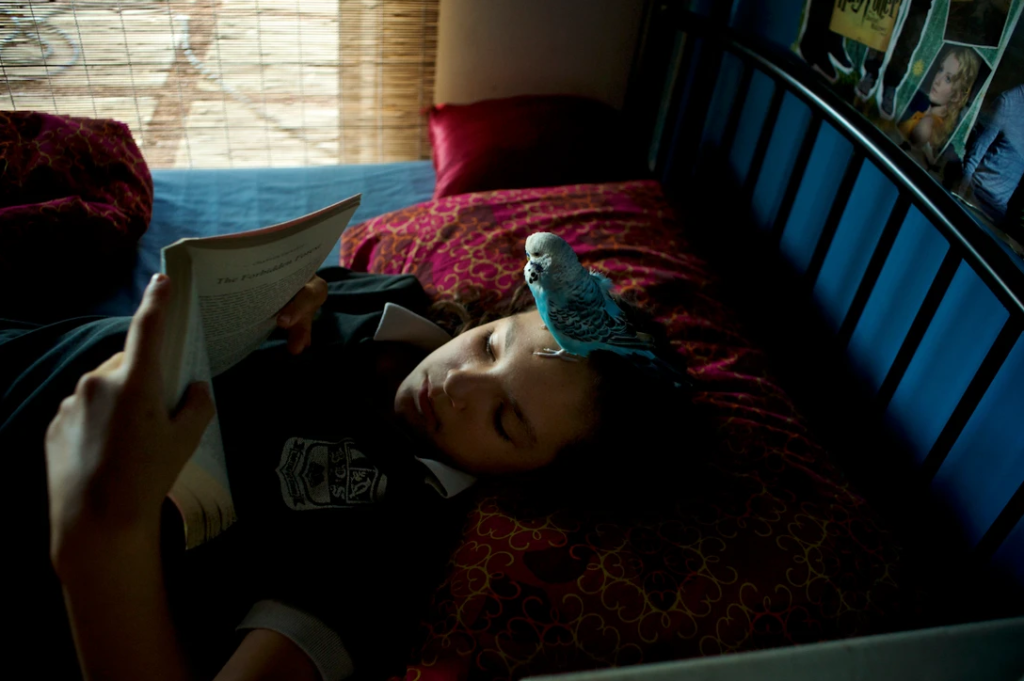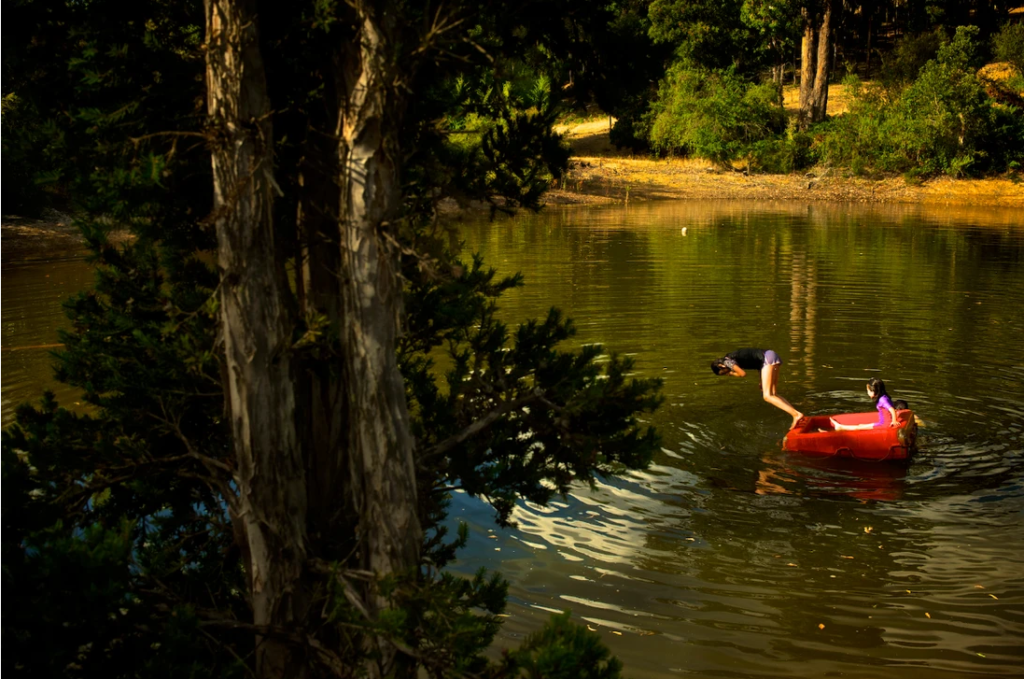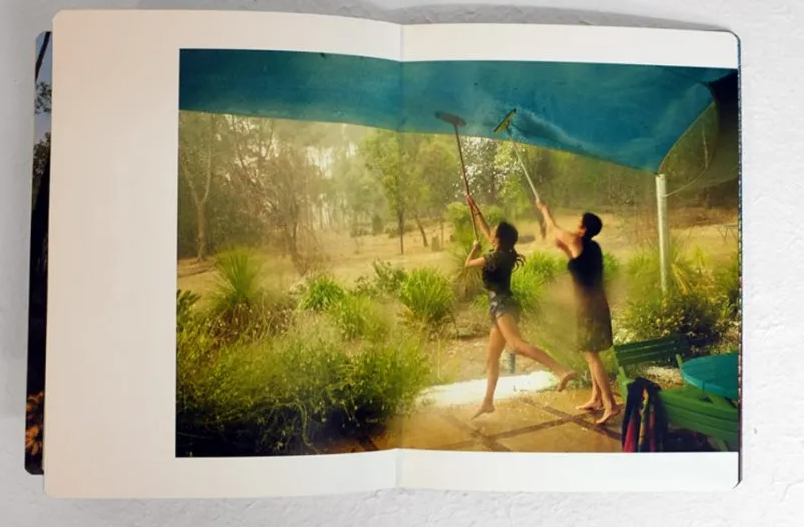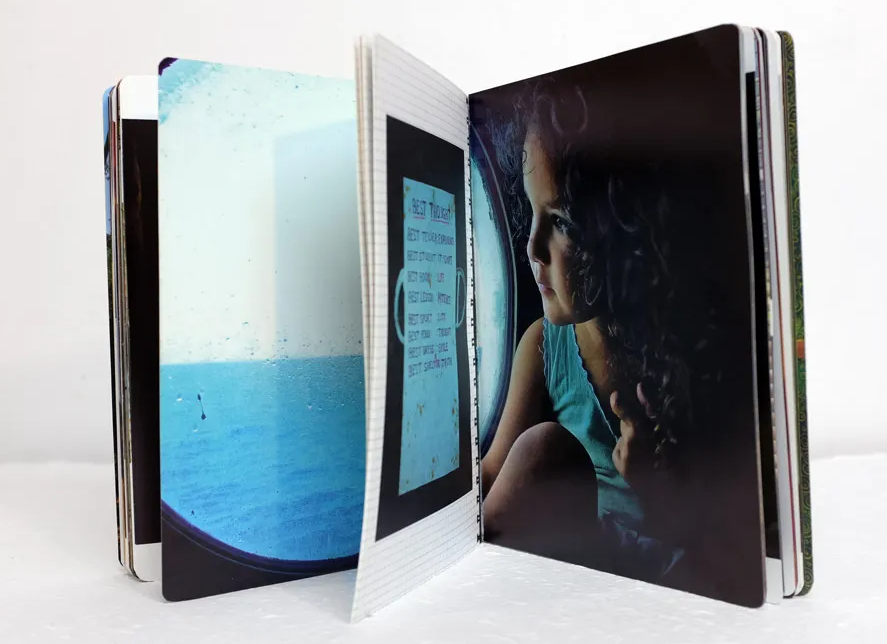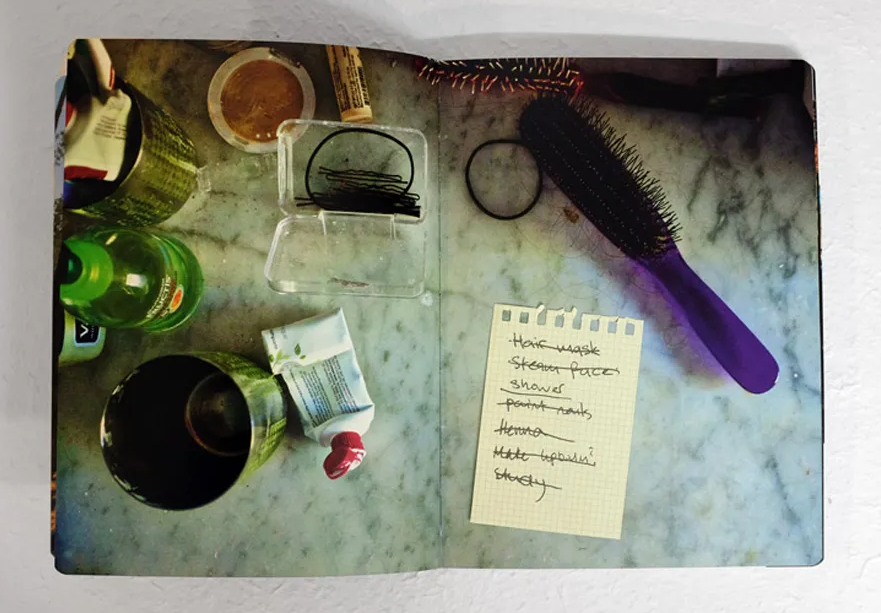The plan for this photoshoot is on this blogpost.
Editing
Contact Sheet:

(As this was my first ever attempt at a night photography shoot, a lot of the images were blackened out).
To start editing, I selected the images that I could use for potential final images by using the ‘Pick’ and ‘Reject’ tools on Lightroom.

I then narrowed my selection down further by using the star rating tool, these are the images 4 stars or higher:
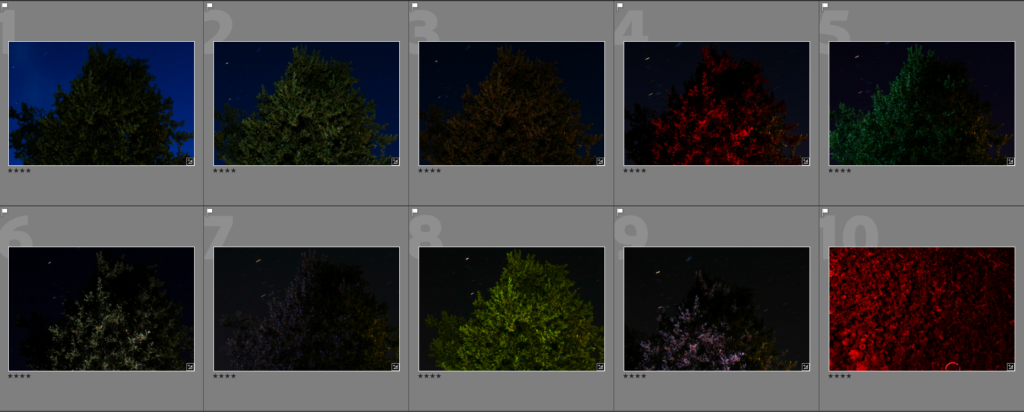

This is my final selection of images:

Final Edited Images:
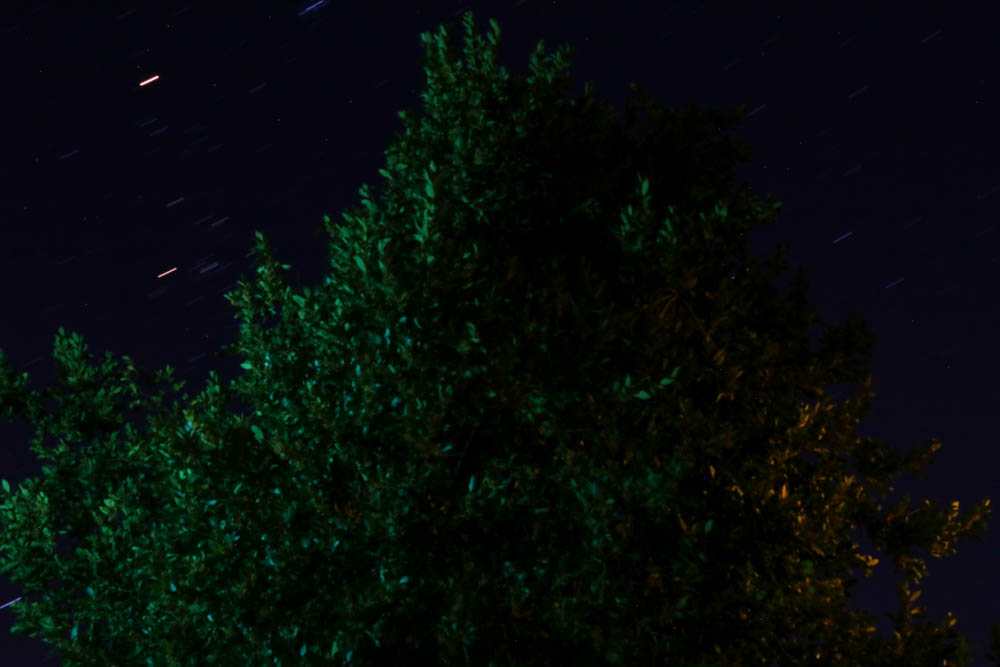

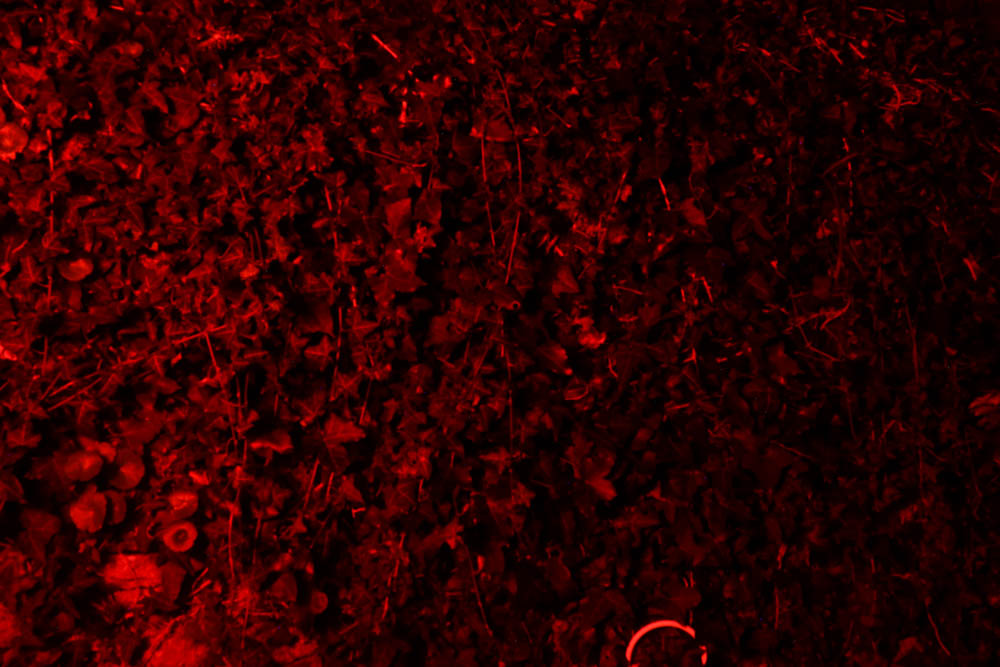
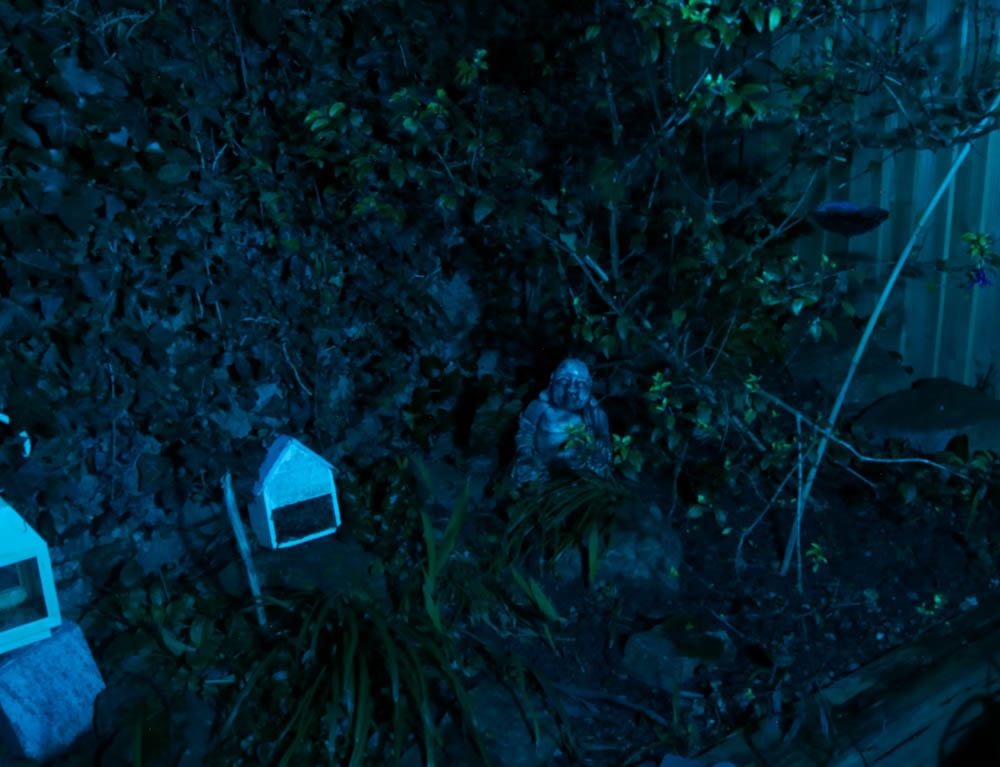
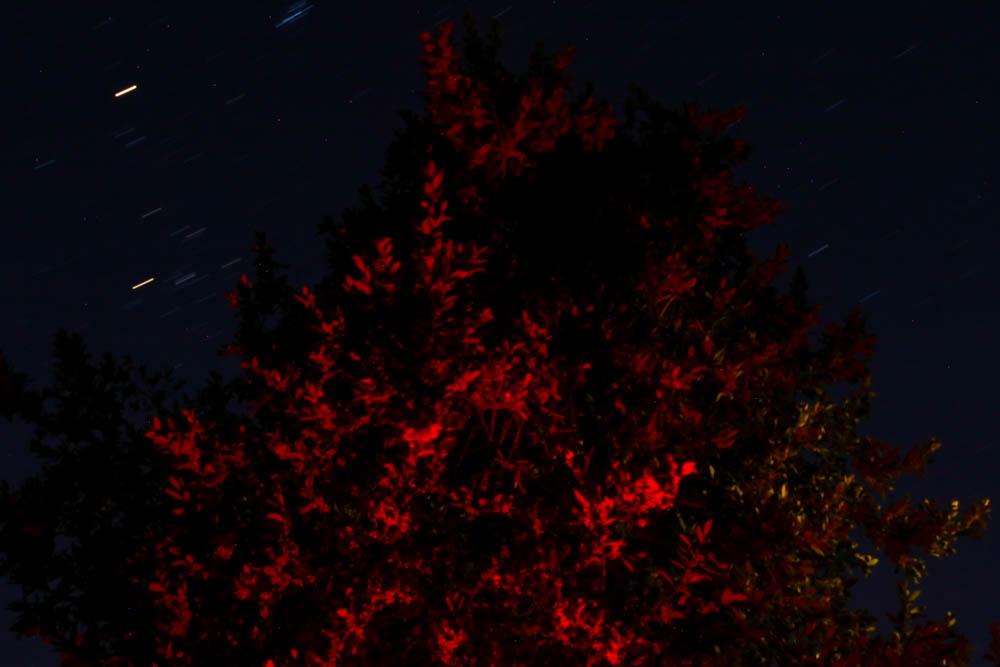
I also made black and white versions of each image, this wasn’t the most effective however:
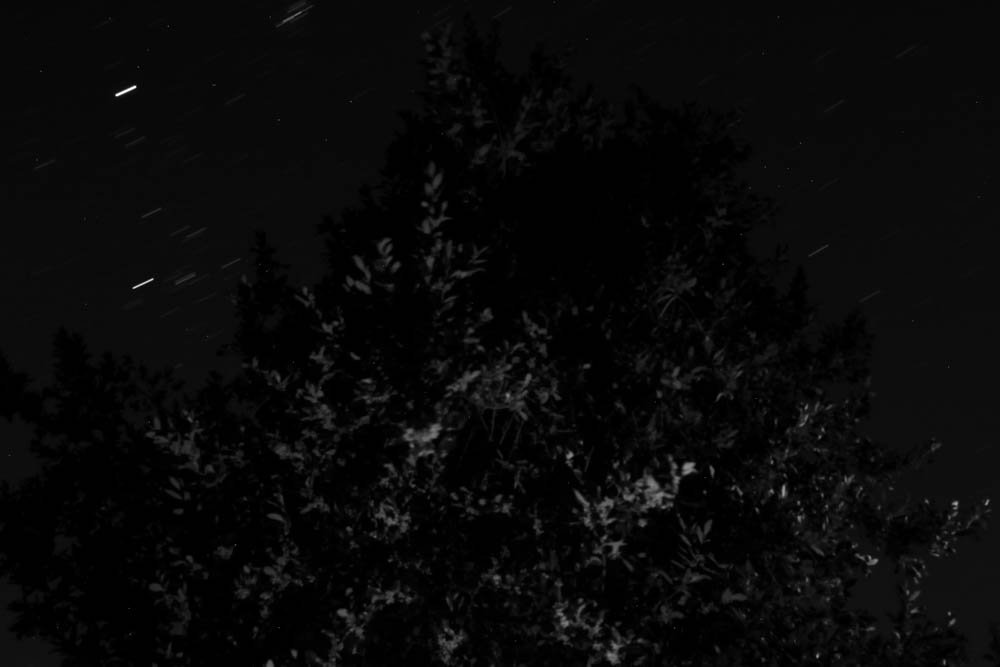
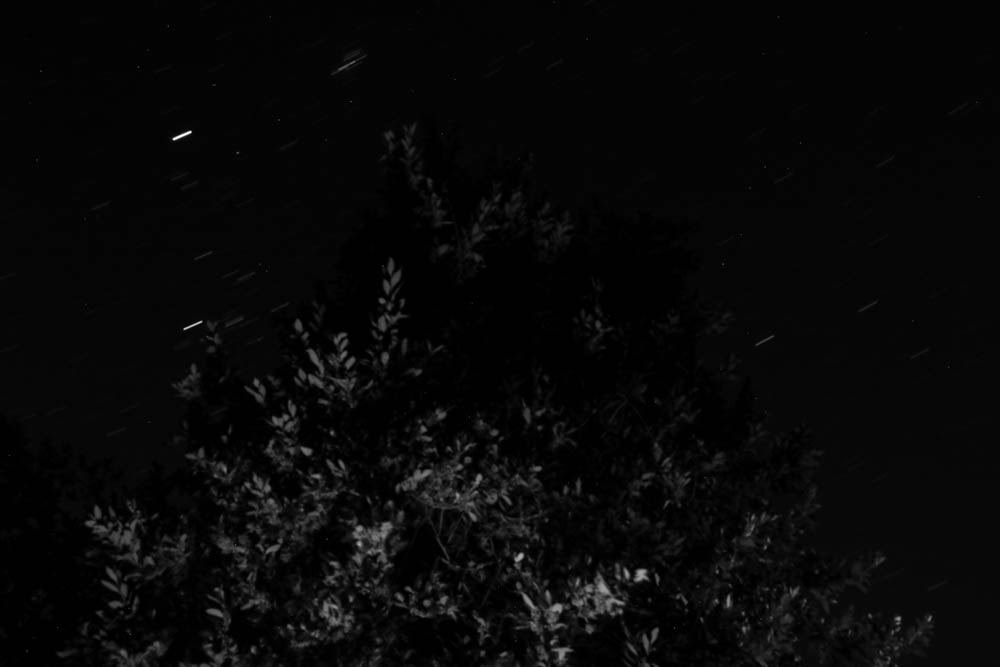
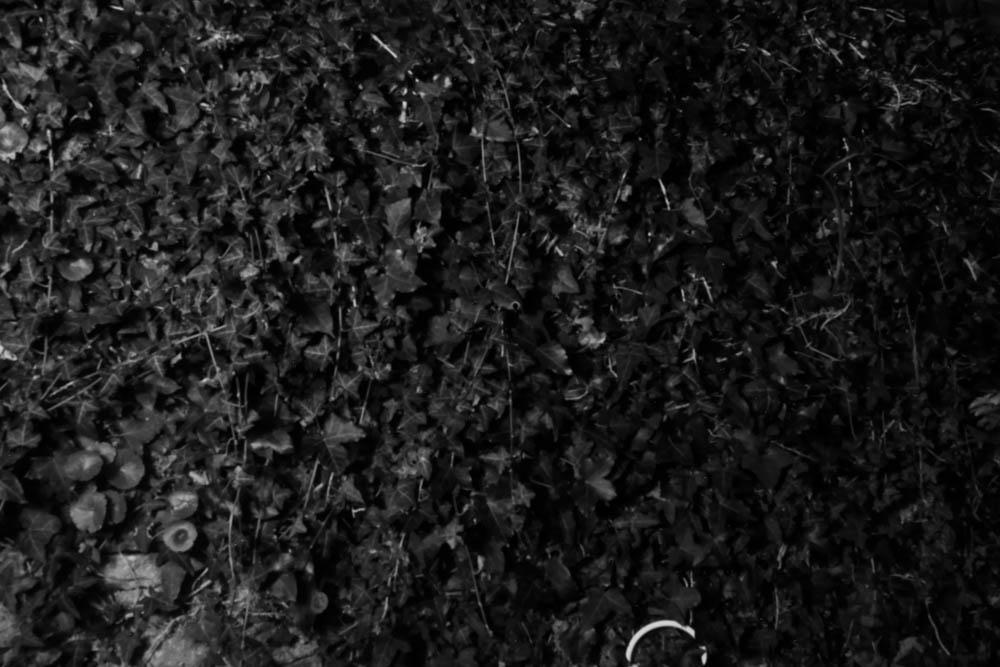
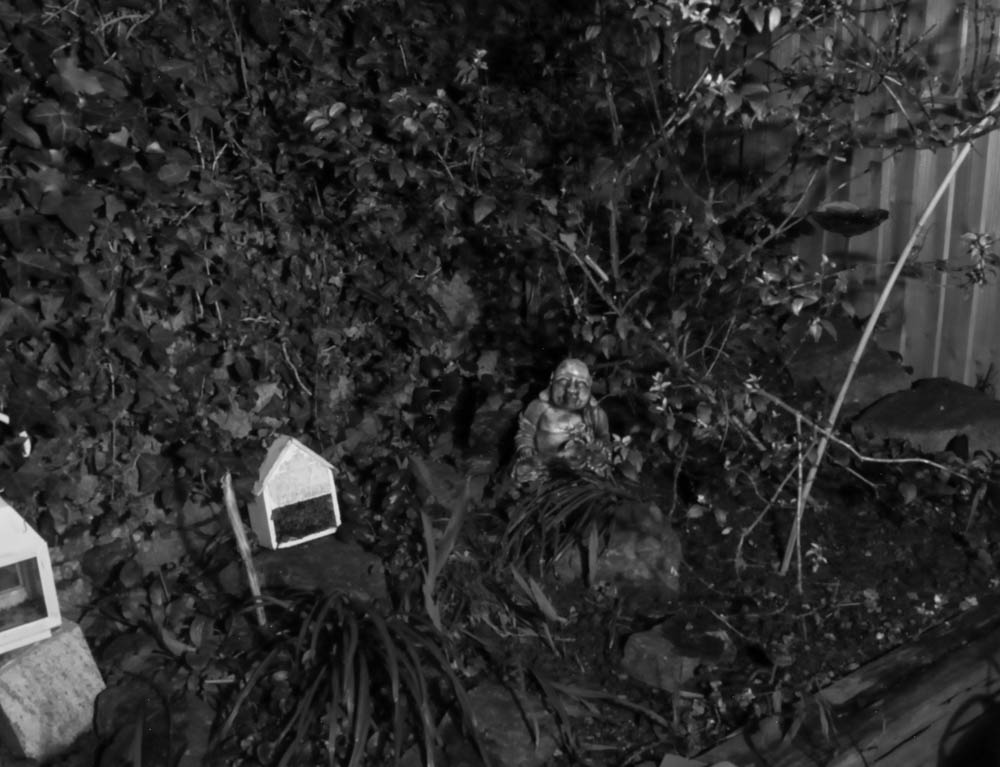
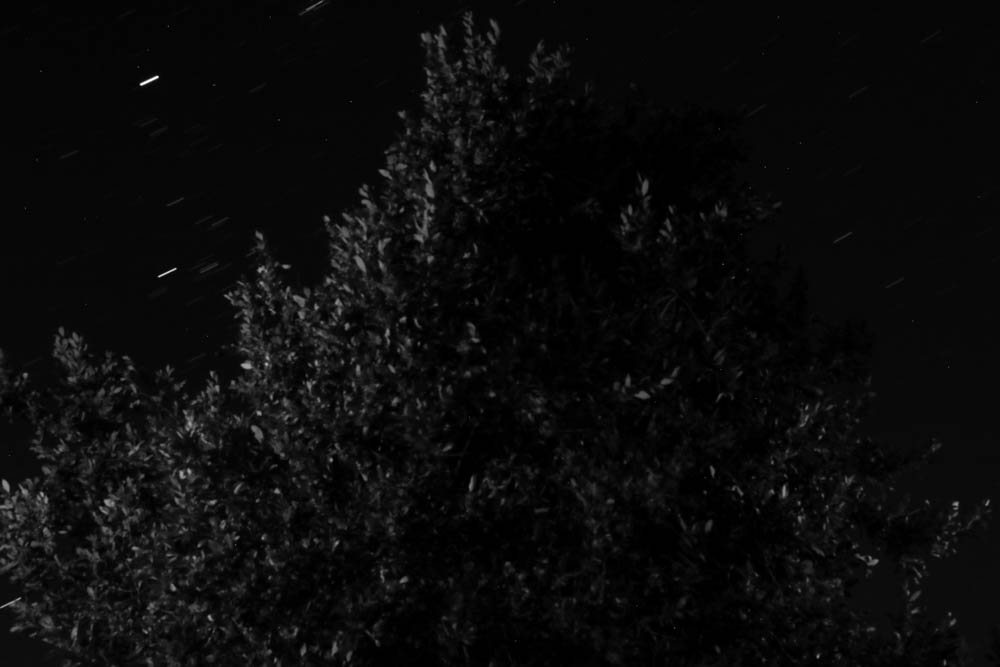
Comparison with Lawrence’s work:

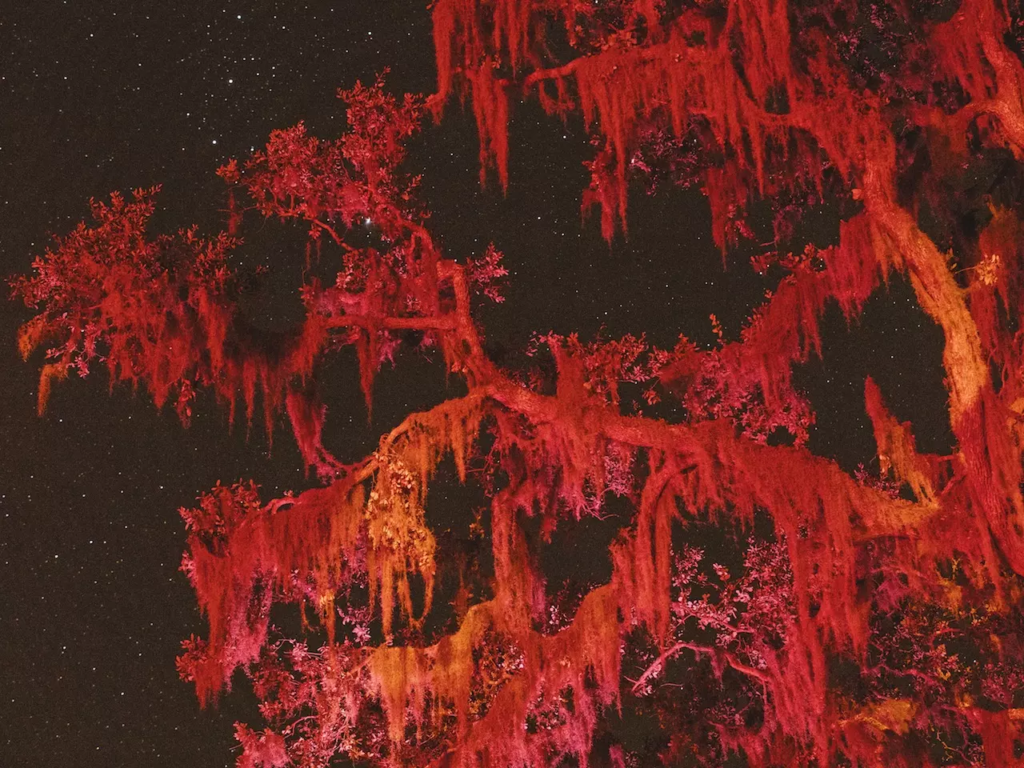
I was inspired by this particular image taken by Lawrence, the bright red in Lawrence’s image was what I was going for with this image, however I did not have the knowledge and skill at night photography than I do now, which meant my photographs weren’t as bright as Lawrence’s. Both mine and Lawrence’s images depict a tree under artificial lighting, the tree photographed by Lawrence has a more ethereal and open shape, while mine is a more angular and enclosed shape. My images likely had a far longer exposure time than Lawrence’s (due to my lack of knowledge), however as a result, the stars in my images take the form of lines instead of dots, creating a unique and otherworldly appearance. My light source likely having a smaller radius than Lawrence’s made my photograph have a large amount of shadows that contrast wit the bright reds, unlike Lawrence’s image in which the tree is almost fully lit-up.
Evaluation
As a first experience to night photography, I think this shoot went well. I enjoyed the process as it is very different to regular photography as there is a sense of surprise as to what the images will turn out like. I think my use of light was effective and I got the hang of the exposure times the more images I took (in this case the exposure times were up to 3-4 minutes). I enjoyed experimenting with the gels as they gave each image a different tone and execution, due to the varying exposure times they require.
What went well:
I think the images good compositionally, with the tree being the central focus of the image, mixed with the slightly upwards facing viewpoint to include some of the sky and stars (which created a nice effect due to the longer exposures). I think the use of coloured lighting gives the image an otherworldly effect, which matches with the main idea behind this project, meaning I have stuck to my ideas well.
How I can improve:
While the images have nice lighting and colours, they are slightly out of focus, giving the images a noticeable blur. I could still use these images for a final piece if it involves heavy editing or distortion. This is simply inexperience with this genre which caused this mistake, if I try a photoshoot like this I will aim to make the focus correct so the images look as high quality as possible.
Part Two of this photoshoot here.

